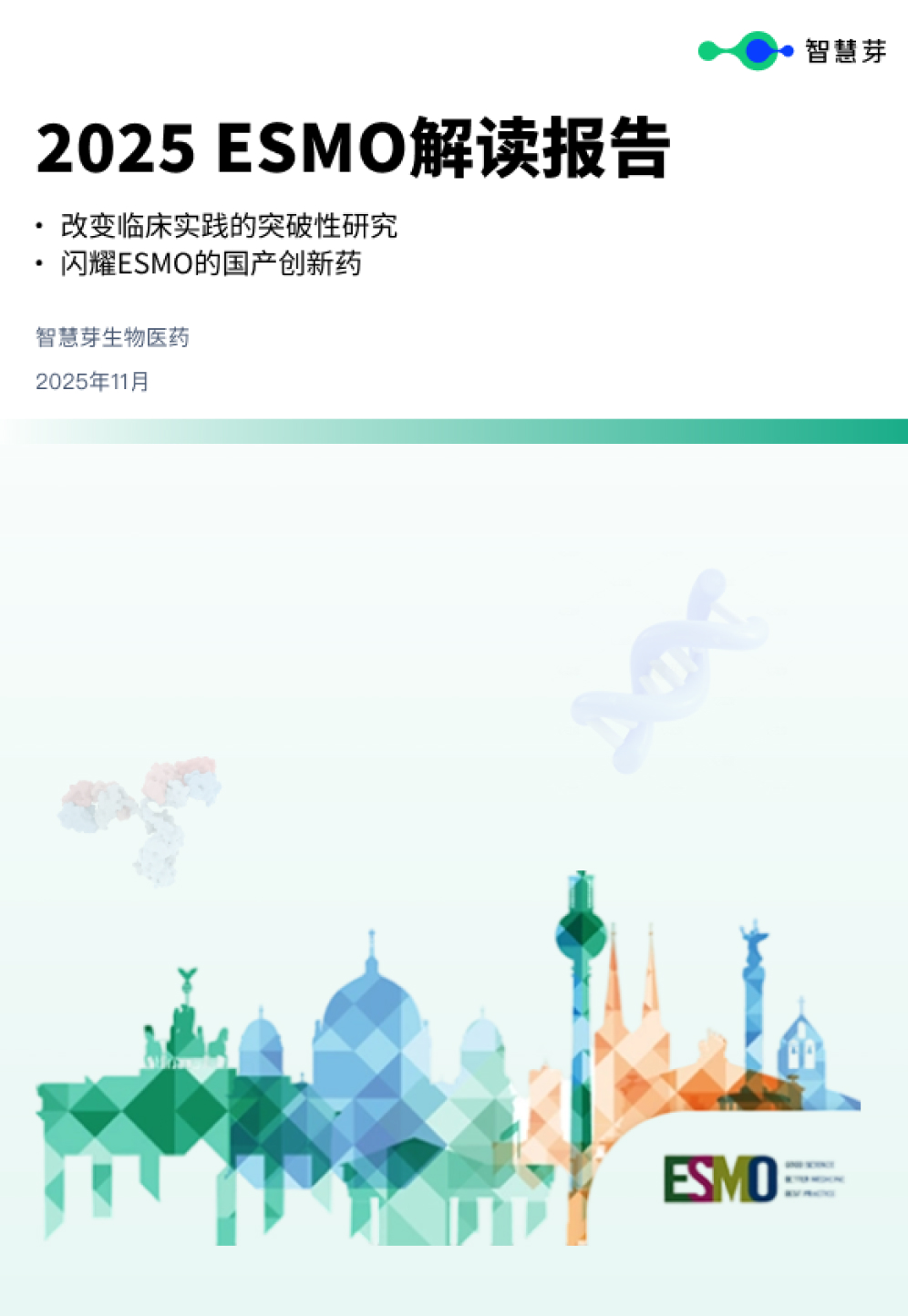预约演示
On the heels of first TIL approval, Obsidian clinches $160M to make the modality safer
2024-04-03
上市批准基因疗法细胞疗法
As cell therapies for solid tumours have struggled to reach the efficacy bar set in haematologic malignancies, tumour-infiltrating lymphocytes (TILs) have finally found a foothold – but require co-dosing with a risk-riddled systemic cytokine therapy. Obsidian Therapeutics, which raised a $160.5-million series C on Wednesday, is engineering a TIL therapy with the necessary cytokine stimulation already built-in, eliminating the need for an additional, potentially harmful infusion.
The round, led by new investor Wellington Management, will go towards enrolling more patients in Obsidian’s ongoing early-stage studies of its engineered TIL therapy, dubbed OBX-115, in patients with melanoma and non-small-cell lung cancer (NSCLC). The funding will also help scale up the company’s manufacturing capabilities ahead of pivotal trials.
Solid tumour hurdle
Due to their polyclonal nature, TILs stand to succeed in solid tumours where CAR-T and T-cell receptor (TCR) cell therapies have struggled, Obsidian chief executive Madan Jagasia told FirstWord.
“Compared to haematologic malignancies, solid tumours have fewer clinically-validated tumour-specific neoantigen targets that are shared across patients, which limits the applicability for CAR-Ts and TCR-Ts that are engineered to target a specific tumour antigen,” he explained. TILs, on the other hand, “can naturally recognize multiple neoantigens and therefore overcome single-antigen escape mechanisms.”
However, to effectively combat cancer, the TIL therapy requires a near-simultaneous administration of the T-cell growth cytokine IL-2 to support the expansion, persistence, and activity of the cells in vivo. According to Jagasia, systemic IL-2 can lead to severe toxicities including capillary leak syndrome (CLS), myocardial infarction, acute renal failure and immune-mediated neuropathy. Indeed, Amtagvi carries a boxed warning for treatment-related mortality.
Using its cytoDRiVE platform, Obsidian packages and inserts a gene cassette encoding IL-15 tagged with a drug-responsive domain (DRD) into the patient-derived cells. After infusion, the cells then produce IL-15 fused to the DRD, which can only be stabilised for membrane-bound expression in the presence of acetazolamide, an FDA-approved small molecule commonly used as a diuretic
Once patients receive acetazolamide, TIL expansion is triggered – all without requiring IL-2. Additionally, Jagasia said that the engineered therapy are less exhausted cells with enrichment for CD8+ T-cells.
更多内容,请访问原始网站
文中所述内容并不反映新药情报库及其所属公司任何意见及观点,如有版权侵扰或错误之处,请及时联系我们,我们会在24小时内配合处理。
生物医药百科问答
全新生物医药AI Agent 覆盖科研全链路,让突破性发现快人一步
立即开始免费试用!
智慧芽新药情报库是智慧芽专为生命科学人士构建的基于AI的创新药情报平台,助您全方位提升您的研发与决策效率。
立即开始数据试用!
智慧芽新药库数据也通过智慧芽数据服务平台,以API或者数据包形式对外开放,助您更加充分利用智慧芽新药情报信息。





